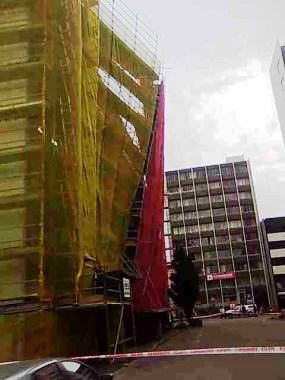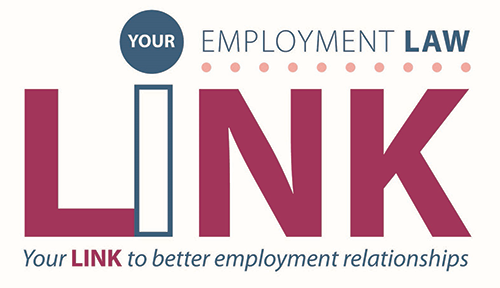Unsafe Work Practices can Cost Lives

Asbestos, over the years a killer of many workers, has hit the headlines again as information emerges that workers involved in the demolition and repair of buildings in Christchurch have been exposed to it. Why has this happened? Wasn’t the Pike River mine disaster enough to convince the Minstry of Business, Innovation and Employment that it cannot rely on employers to do the right thing, particularly in the disaster zone of Christchurch. The Pike Mine disaster could have been prevented. Unfortunately no-one will be prosecuted but most employers should expect to be prosecuted where serious injury or death occurs and they need to know it will be expensive. Just who will be prosecuted over the Asbestos shambles?
A decision of the District Court illustrates how expensive it can be even for companies who try to do most things right when it comes to Health and Safety. The employer was Dexion Commercial (New Zealand) Limited, which trades as Precision. The employee got his hand caught in a punch and forming press. He put his hand into an opening in the guard to get a metal strip into place on the machine. While he was doing this he accidentally touched the foot pedal and the press crushed his hand. The solution to the problem would have been to have made the hole smaller so a hand could not get through: In fact this is what the company did after the accident.
The Judge firmly said “It is important in all these cases that a message is given, because the point of the law is to protect employees, people of New Zealand, from harm and that will only take place if there is constant concern about safety. Human nature being what it is there will only be such constant concern if the consequences of not being concerned are expensive.”
The Judge concluded that this was a medium range offence because although the hazard was obvious, the degree of risk to life and health was not as big as it can be in other cases. He then pointed out that for “medium” cases a fine of between $50,000 and $100,000 should be imposed. He set the starting point for Precision at $60,000.
Why then did Precision only get fined $24,000.00? First, there were no aggravating factors which would have justified a higher fine. Secondly, the company had a good safety record and therefore had the fine of $60,000.00 reduced by a third to $40,000.00. Thirdly, the Court decided $8,000.00 should be used as reparation paid to the employee, thereby reducing the fine to $32,000.00. Finally, because of its early guilty plea the fine was reduced by 25% to $24,000.00. However, once Precision added in their own legal fees and the reparation they would have had no change out of $50,000.00.
Both employers and employees have a duty to identify hazards and eliminate, minimise or isolate them. Often the hazards are obvious so why then do we find that every week in New Zealand workers are injured or killed?
More often than not the problem is human nature. Some people believe that accidents only happen to other people. Others just take risks: For them it’s may be about how tough they are. Then there are the “I know best” people, often middle age men, who have done a job for a long time. And of course there are people who don’t even think about risks. There are employers who through greed, power or a lack of money are prepeared to compromise the lives and safety of their staff.
During one of the many earthquakes I heard the scaffolders on a nearby partially built scaffold yell “Bring it on”. Of the five of them one wore a safety helmet and, while he had a safety harness, he had not attached it to the scaffold. He was a risk taker.
I believe the other men fell into the “don’t think about risk” category because later that afternoon they put on a spectacular display of highly dangerous behaviour. They formed a chain so they could lift metal planks from the deck of a truck to the top level of the scaffold. After a plank was grabbed by the man above, each scaffolder extended his upper body and helmetless head out past the protection of the scaffold and grabbed a plank rising from the man below.
This was an act of trust: Trust that the man above would not drop his plank and trust that a rail-grabbing and plank-dropping aftershock would not occur at that very moment. If a plank had fallen then one or more of the scaffolders would have faced serious injury or death. If prosecuted the company would have had no defence and would have incurred substantial penalties and been ordered to pay reparation. The reason for this is that the risk could have been eliminated by waiting until each plank got to the top of the scaffold before the next one was lifted.
Note: This article was published before the 22 February earthquake. The picture, taken 20 minutes after the February earthquake, is of the scaffolding mentioned in this article.
Published on Tuesday, May 27th, 2014, under Blog


